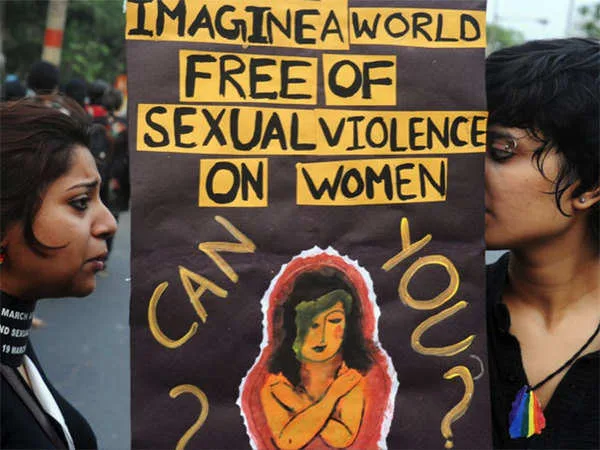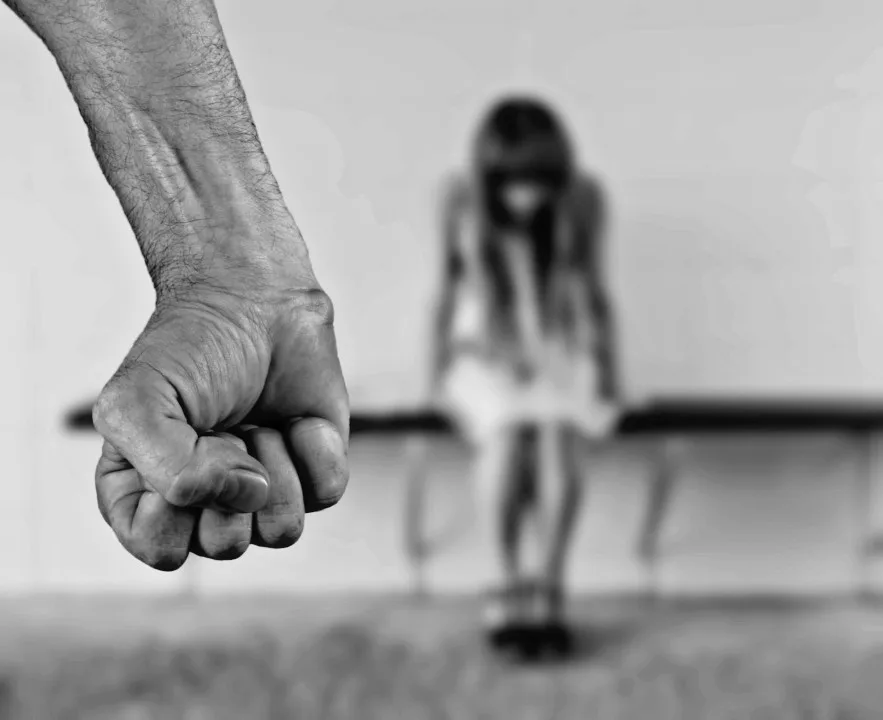On the day of the launch of her book The Day I Became a Runner at the Vidarbha Literary Festival, author Sohini Chattopadhyay addressed an issue that continues to obstruct women’s participation in sports in India due the lack of safe and accessible spaces for physical activity. She pointed out the stark reality that most Indian cities are poorly built to allow women to engage in even basic activities like walking or jogging in public spaces due to eve teasing and other major threats like rapes and murder.

Chattopadhyay’s book, which touches on topics of self-competition and empowerment through sports, particularly running, explores the role of athletics in helping women gain autonomy over their bodies and lives. She argues running is not just a physical exercise but a tool for personal growth and empowerment. The book also brings to light the stories of lesser-known athletes, particularly women whose achievements have been overshadowed by societal prejudices. One such example is Santhi Soundarajan, a former Indian runner who was disqualified from a competition due to androgen insensitivity syndrome, a condition that causes individuals to develop female physical characteristics despite having XY chromosomes. Soundarajan’s story, largely erased from Indian sporting history, is a reminder of how deeply entrenched biases can shape the narrative around sports and gender.
Chattopadhyay emphasizes the importance of bringing attention to such stories, citing a UN study that reveals about 1.7% of people are born with variations in sex characteristics. These athletes, often overlooked, face not just physical barriers but also social and cultural challenges in a society that is quick to marginalize difference. While acknowledging that women’s participation in sports has gradually increased, she also highlights the critical safety concerns that persist, especially in public spaces. Women are still often discouraged or even prohibited from engaging in physical activity in open areas due to fears of harassment or violence.
The author also shared a deeply moving anecdote about Indian sprinter Dutee Chand, who grew up in poverty. At 22, after receiving her first salary as a constable, Chand bought eggs for her family for the first time. This moment underscores the harsh economic realities that many athletes, particularly women, face in India. Despite the country’s growing economy, many people still struggle to meet basic needs, which presents a significant barrier to pursuing sports professionally.

Chattopadhyay credits her mentor, historian and writer Ramchandra Guha, for helping refine her work and deepen her understanding of the issues surrounding women in sports. The title of her book was inspired by the Iranian film The Day I Became a Woman, which explores different stages of a woman’s life. Through her work, Chattopadhyay urges a reevaluation of how women’s experiences in sports are perceived and advocates for creating an environment where women are empowered, supported, and celebrated.



